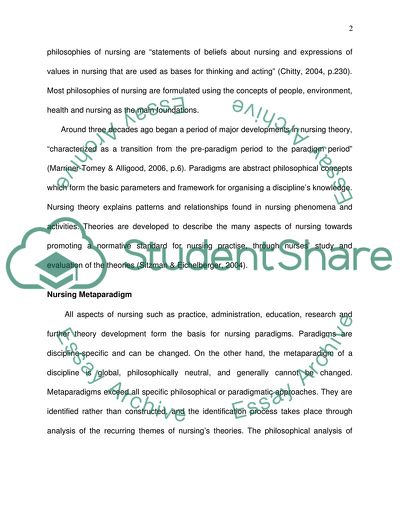Cite this document
(“Concept Synthesis Paper on Personal Nursing Philosophy Essay”, n.d.)
Retrieved from https://studentshare.org/miscellaneous/1557187-concept-synthesis-paper-on-personal-nursing-philosophy
Retrieved from https://studentshare.org/miscellaneous/1557187-concept-synthesis-paper-on-personal-nursing-philosophy
(Concept Synthesis Paper on Personal Nursing Philosophy Essay)
https://studentshare.org/miscellaneous/1557187-concept-synthesis-paper-on-personal-nursing-philosophy.
https://studentshare.org/miscellaneous/1557187-concept-synthesis-paper-on-personal-nursing-philosophy.
“Concept Synthesis Paper on Personal Nursing Philosophy Essay”, n.d. https://studentshare.org/miscellaneous/1557187-concept-synthesis-paper-on-personal-nursing-philosophy.


